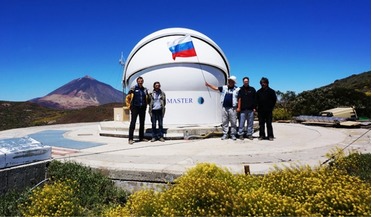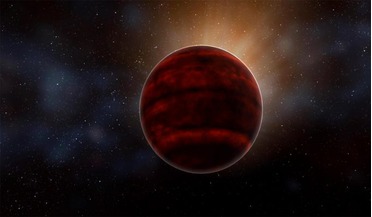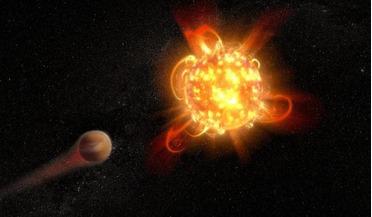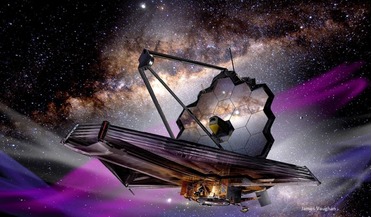 February 2017
Global robotic network for monitoring near-Earth and outer space
February 2017
Global robotic network for monitoring near-Earth and outer space
... telescopes now discover hundreds and thousands of new small bodies in and outside of the Solar System from exoplanets to dangerous asteroids and meandering comets. The MASTER network has discovered about one thousand new optical...
 September 2017
Science searches for cosmic company
September 2017
Science searches for cosmic company
.... They aren’t like the Sun, the only star known to harbour a world with intelligence. But recent exoplanet studies have shown that a considerable fraction of these bantam suns have planets in the so-called ‘habitable zone...
 28 February 2018
Habitability of nearest exoplanet in doubt after powerful flare
28 February 2018
Habitability of nearest exoplanet in doubt after powerful flare
A powerful stellar flare that erupted from Proxima Centauri – the nearest star to us – casts doubt on whether the Solar System’s nearest exoplanetary neighbour, Proxima b, which orbits the red dwarf star, would be suitable to host complex life. The ...
 22 October 2018
Frequent superflares spell doom for life around red dwarfs
22 October 2018
Frequent superflares spell doom for life around red dwarfs
... abundance, astronomers think that most red dwarfs have systems of planets orbiting them. Indeed, most of the exoplanets that have been found in a star’s ”habitable-zone" orbit red dwarfs, including Proxima Centauri, the nearest...
 May 2022
Essential guide to the James Webb Space Telescope
May 2022
Essential guide to the James Webb Space Telescope
... Era of Understanding, ready to characterise these worlds and search for possible signs of life. Just like humans, exoplanets glow brightly in the infrared. Additionally, their host stars are comparatively dimmer in the infrared, making picking...
 October 2024
Cinema and extraterrestrial archaeology
October 2024
Cinema and extraterrestrial archaeology
...a human face. As for pyramids, erosion is also responsible for these forms of relief. The Krell laboratory on the exoplanet Altair IV, from Forbidden Planet, directed by Fred M. Wilcox, production company: Metro-Goldwyn-Mayer; USA, 1956. Exoplanetary...